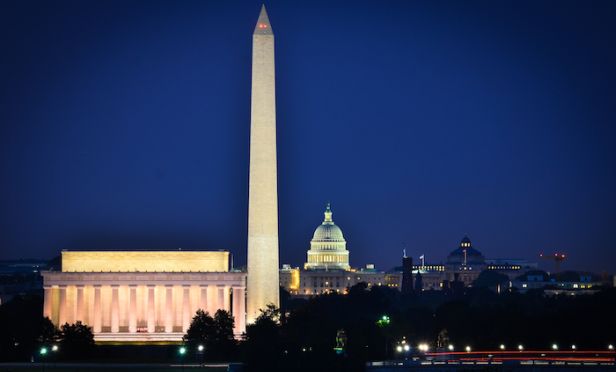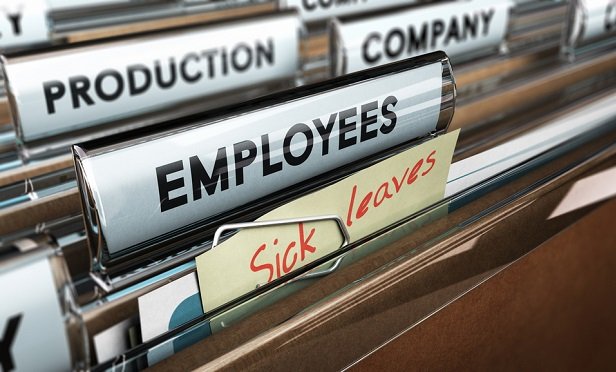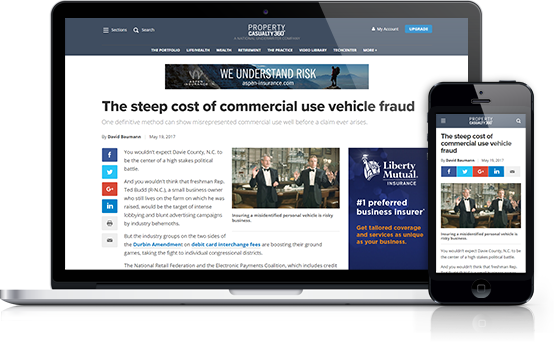
1. Healthcare in 2020 | Two years into the current administration, the Affordable Care Act (ACA) remains the law. However, lawmakers have reshaped it through regulatory, budgetary and legal actions. Ahead of the 2020 election, Democrats will likely continue campaigning on healthcare. On the state level, Medicaid expansion has happened in all but 14 states. Addressing the cost of prescription drugs will also continue to be a focus for both Democrats and Republicans. (Photo: Shutterstock)

2. Legislative changes | "Elections in 2018 may have a big impact on the workers' compensation landscape in 2020," says Walls. Eight states (Alaska, Illinois, Kansas, Maine, Michigan, Nevada, New Mexico and Wisconsin) saw a change to the party of the governor after the 2018 midterms. The change in leadership can impact workers' compensation in part due to new regulators and administrative law judges. "These positions have a significant impact on the practice of workers' compensation within the individual states," adds Walls. Nationally, in 2018, more than 100 bills were introduced to expand presumptions for first responders. Many of these bills pertained to post-traumatic stress disorder, often referred to as "PTSD." (Photo: Shutterstock)

3. Psychology of pain | George says that treating pain is complicated due to the fact that "pain has pyschological, biological and emotional factors." In 2019, she predicts employers and claims teams will hear about new and evolving pain solutions offered by payers, networks and case management companies. (Photo: iStock)

5. Social determinants of health | George says addressing social determinants of health is as important as the quality of care a patient receives. Social determinants of health are the conditions in which people are born, live, work, play, worship and age that factor into overall health. Holistic care approaches are being considered more rather than just treating a specific disease or condition with a doctor's visit or hospital stay. (Photo: Shutterstock)

5. Economy's impact on workers' compensation | The economy's outlook in 2019 is positive as unemployment is low and wages are climbing. Higher employment and wages mean higher payroll. Higher payroll leads to workers' compensation premiums. However, says Walls, "higher employment also means we have more workers in the workforce who are not adequately trained and may not be in good physical condition." (Photo: Shutterstock)

7. Employee health models | Benefits continue to be a talent attraction and retention tool for employers. The health of an employee directly correlates with productivity and business performance, says George. One trend to watch is direct primary care, especially with on-site health and wellness clinics on the rise. These doctors don't accept insurance but rather charge a monthly membership fee. (Photo: iStock)

8. Mega claims | Accident survivability, an increase in auto accidents, and expensive medical advancements are leading to a higher frequency of mega claims. Regarding workers' compensation premium rates in 2019, Walls notes that "overall, rates will remain fairly flat with some states seeing price rate decreases." But he adds, 2019 could be closer to a combined break-even ratio than in the last three years, according to analyses by A.M. Best and Fitch. (Photo: iStock)

9. Leave of absence | Employers are getting more family friendly. "State and local laws, the talent war and employee expectations are leading more employers to implement more leave of absence programs," says George. (Photo: Shutterstock)

10. Impaired workforce | Legal marijuana is more available than ever before. It's only a matter of time before the federal government reclassifies marijuana as a legal substance, says Walls. For employers, this could mean a percentage of their employees are high on the job — a problem for risk managers going forward. (Photo: Shutterstock)
The new year is just beginning, but many in the insurance industry are looking ahead to see what factors are in play going forward. For example, the 2020 election is rapidly approaching, making possible political turnover and legislative changes areas to keenly to watch.
When it comes to workers’ compensation, however, many issues — both old and new — will determine the market’s outlook. To understand these issues and the ones that will develop in the future, the industry must get out in front and react accordingly.
How does one do that? Kimberly George and Mark Walls lay out their blueprint.
George and Walls, hosts of Out Front Ideas with Kimberly and Mark, a complimentary webinar that explores critical workers’ compensation and health care issues, have outlined what to watch for in 2019.
With this in mind, here are the 10 issues that George and Walls expect will affect workers’ compensation in 2019.
Related: People, places and things: The future of workers’ compensation




 InsurTech Center
InsurTech Center



















 Copyright © 2025 ALM Global, LLC. All Rights Reserved.
Copyright © 2025 ALM Global, LLC. All Rights Reserved.